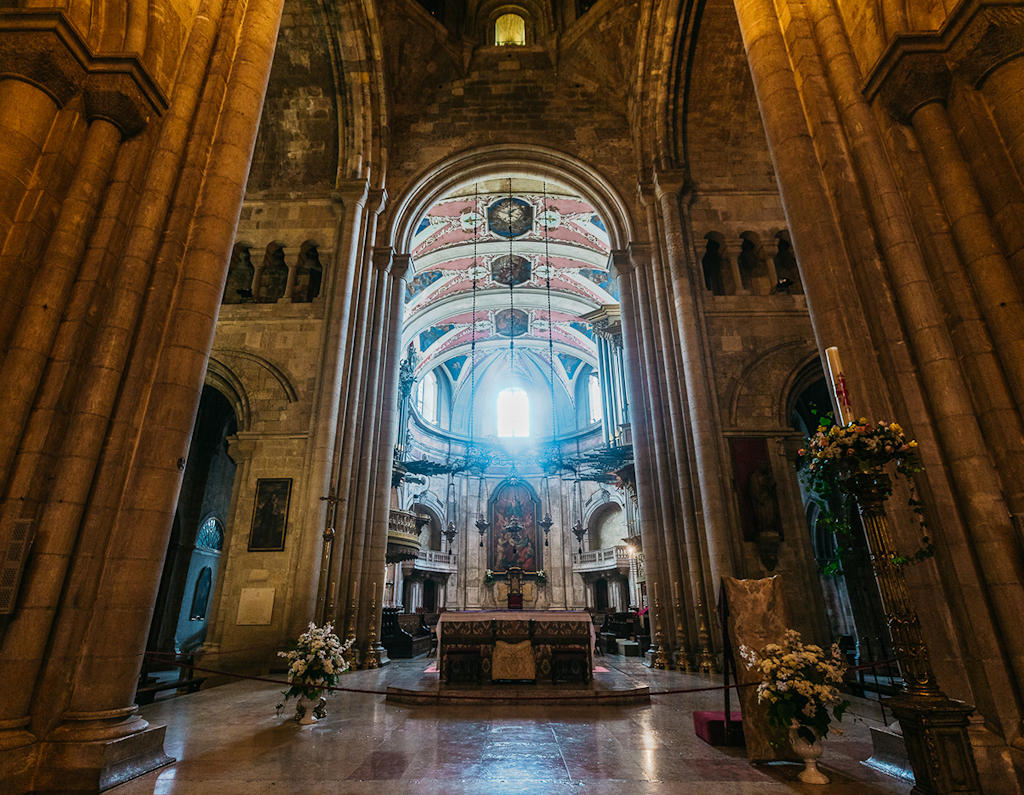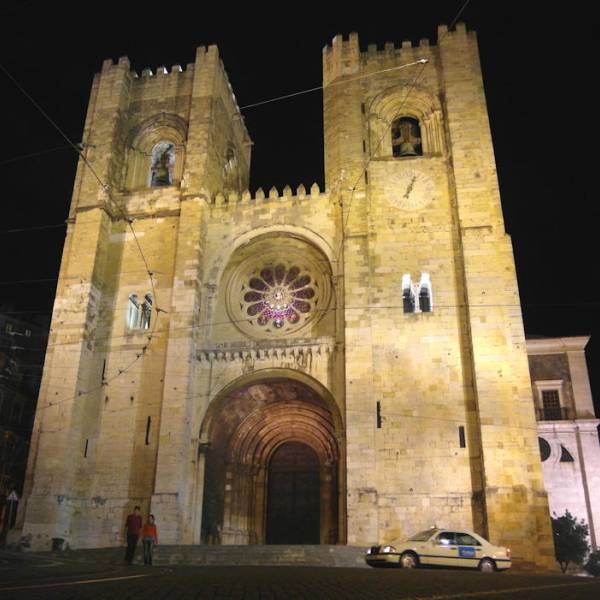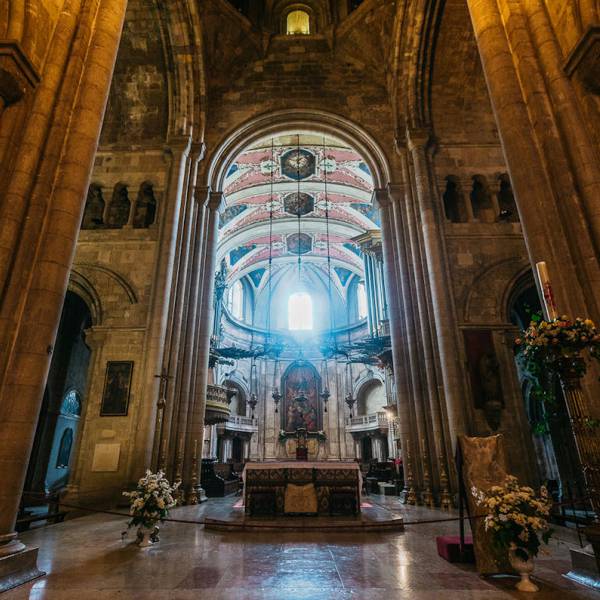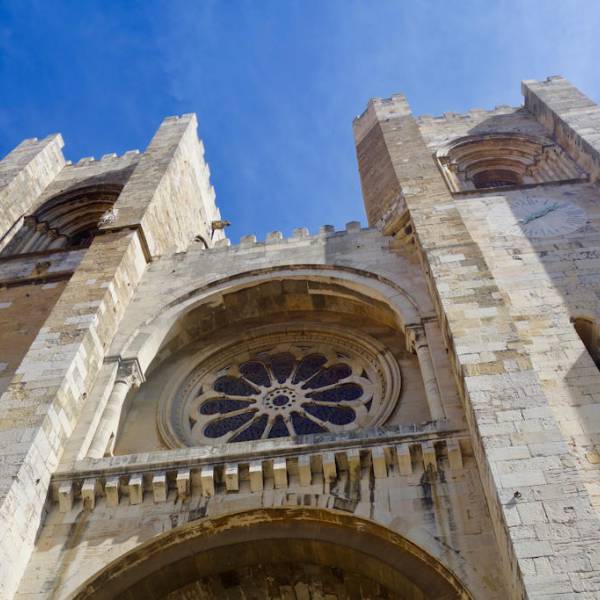During the Gothic period, in the late 13th century, a cloister was constructed, which unfortunately suffered severe damage in the 1755 earthquake. Near the entrance of the cathedral, a funerary chapel was built by Bartolomeu Joanes, a wealthy merchant, in the early 14th century. His tomb, featuring his laying figure, still remains inside. King Afonso IV of Portugal replaced the Romanesque apse with a Gothic main chapel surrounded by an ambulatory with radiating chapels. While the tombs and the chapel were destroyed in the earthquake, the ambulatory itself survived and is considered an important work in the history of Portuguese Gothic architecture. It consists of a circular aisle with ribbed vaulting on the second storey and a series of windows that bring in abundant light.
Lisbon.vip Recommends
During the 17th century, a beautiful sacristy was added in Baroque style, and after the 1755 earthquake, the main chapel was rebuilt in neoclassical and Rococo styles, housing the tombs of King Afonso IV and his family. The Gothic chapel of Bartolomeu Joanes showcases a magnificent crib sculpted by Machado de Castro, a prominent Portuguese sculptor of the late 18th century.
In the early 20th century, the cathedral underwent modifications, resulting in the removal of much of the neoclassical decoration both inside and outside the building, allowing the cathedral's original architectural features to take prominence once again.
The Lisbon Cathedral stands as a remarkable testament to the artistic and architectural heritage of Portugal, showcasing the evolution and fusion of different styles throughout the centuries. Its Romanesque and Gothic elements, along with later additions, create a captivating blend that captivates visitors with its historical significance and artistic beauty.






